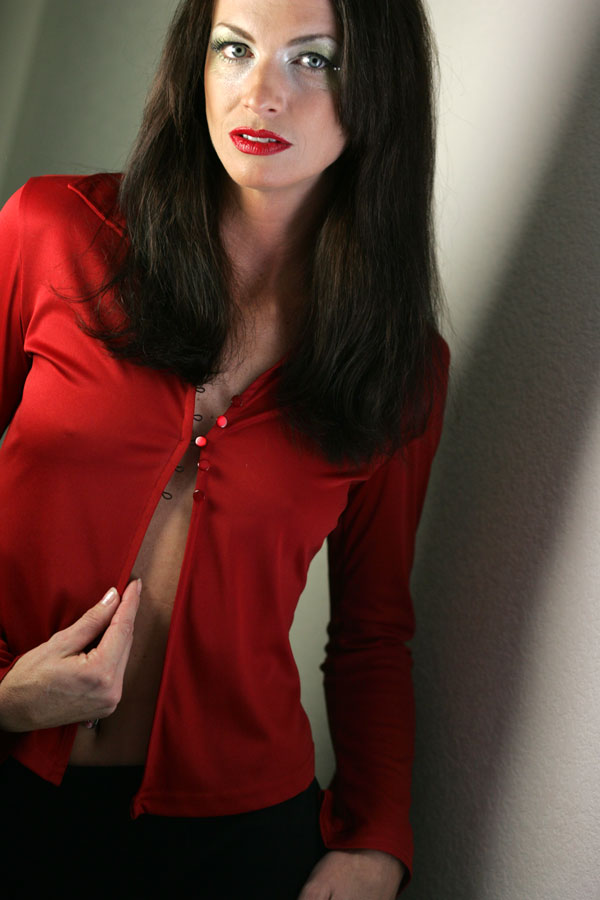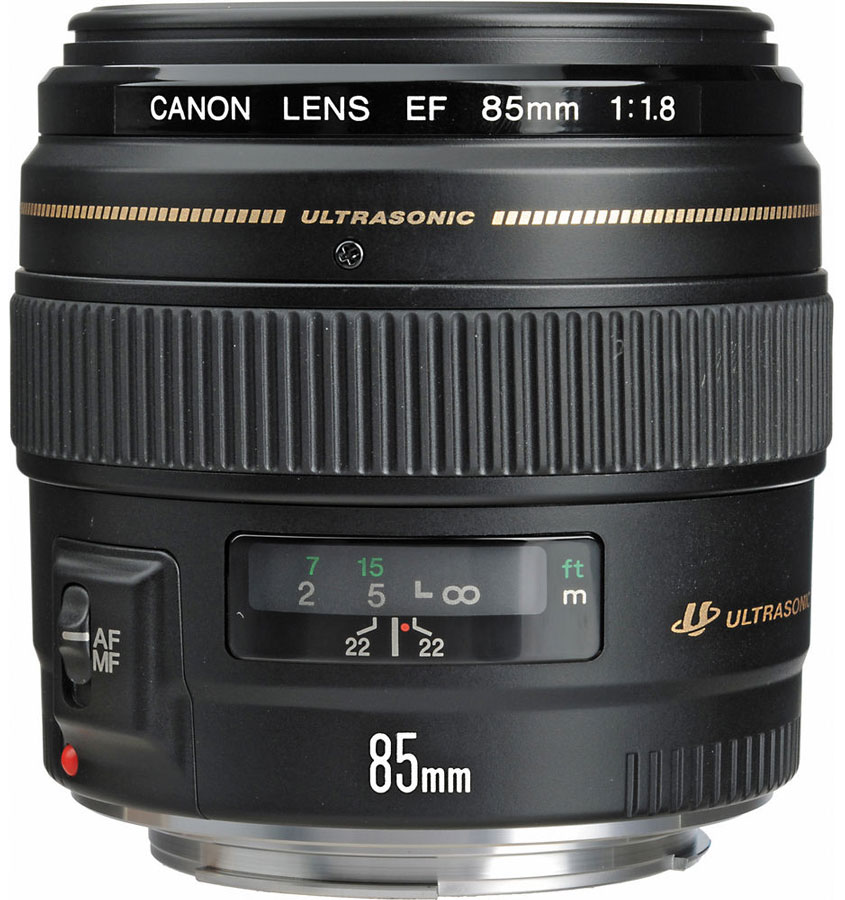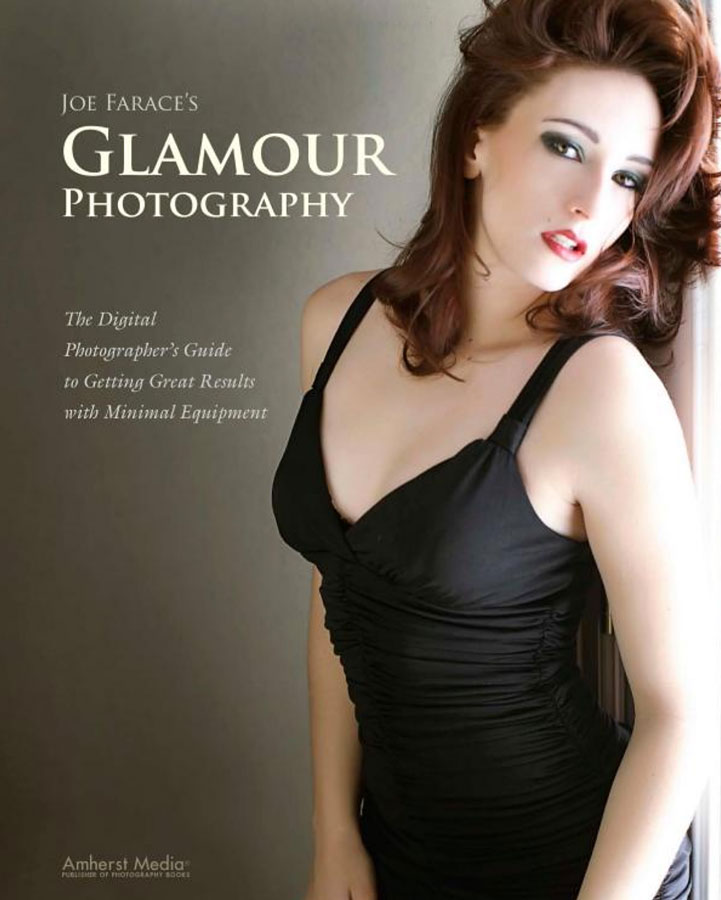#filmfriday is on hiatus today. On last week’s post, I mentioned that I had hoped to shoot a roll of Ilford’s HP5 PLUS during a model shoot last week but Because of the shoot’s unexpectedly tight schedule and my also shooting video, I wasn’t able to juggle three formats at the same time. #filmfriday will return soon. In it’s place today is Film Noir…
Today’s Post by Joe Farace
 Before the Dot Com bust, I also wrote articles and monthly—even weekly—columns for several computer magazines. One of the concept I dreamed up during this time was “Farace’s Laws of the Computing Universe.” I figured if Burke’s Law (my original inspiration) could have their own laws so could I. After I began exclusively writing about photography, I brought some of those “laws” into my books and blog posts.
Before the Dot Com bust, I also wrote articles and monthly—even weekly—columns for several computer magazines. One of the concept I dreamed up during this time was “Farace’s Laws of the Computing Universe.” I figured if Burke’s Law (my original inspiration) could have their own laws so could I. After I began exclusively writing about photography, I brought some of those “laws” into my books and blog posts.
One of the more important of Farace’s Laws of the Imaging Universe is that all special effects are subject dependent. A filter or effect that may look great for one kind of subject may not look so hot when it’s applied to another, different kind of subject.
And it just isn’t the subject matter that effects the final look but also how the image was made. Low or high key lighting and the overall mood of the photograph all respond differently to special effects filters and there’s only one to find out: Try it. No matter what kind of software you use the most important takeaway is that special effects are subject dependent.
 The subject of today’s portrait is the wonderful Ashley Rae who brought a classical femme fatale look to this particular session. You can see the original image as captured above right and the special effect as applied at left.
The subject of today’s portrait is the wonderful Ashley Rae who brought a classical femme fatale look to this particular session. You can see the original image as captured above right and the special effect as applied at left.
How I Made this Shot: The original image (above right) was shot in the dining room of my former home. The main light was from an LED light panel that was placed at camera left with daylight fill coming from a window in the back door of my home at camera right and out of the frame. This portrait of Ashley Rae was made during the same session that created the controversial portrait of Kellie that I wrote about here. And while my portrait of her apparently scared the crap out of some overly timid editors, they all loved my photographs of Ashley Rae.
The camera used was my beloved Canon EOS-1D Mark II N and my favorite lens to use for all kind of continuous light situations, Canon’s EF 85mm f/1.8 lens. Exposure was 1/250 sec at f/3.2 and ISO 400.
To produce a film noir look I first applied the (no longer available, sorry) Dfx’s Agfa APX 100 filter from their Film Stock menu and then applied (to a new layer) Venetian Blinds from the Gobo filter that’s found in the same effects software, that should have been called the cuculoris collection
Photo Trivia: A cuculoris is a device for producing patterned illumination and creates a natural look by breaking up the light from a man made source. It can be used to simulate movement by passing shadows or light coming through a leafy canopy or in this case, Venetian Blinds.

Joe is author of Joe Farace’s Glamour Photography a book featuring information about how to shoot glamour portraits in available light situations or by using minimal lighting equipment such as reflectors or speedlights. New copies are available from Amazon.com for $33.85, with used copies starting around twenty-three bucks, as I write this. Kindle copies are $19.99 for those preferring a digital format.